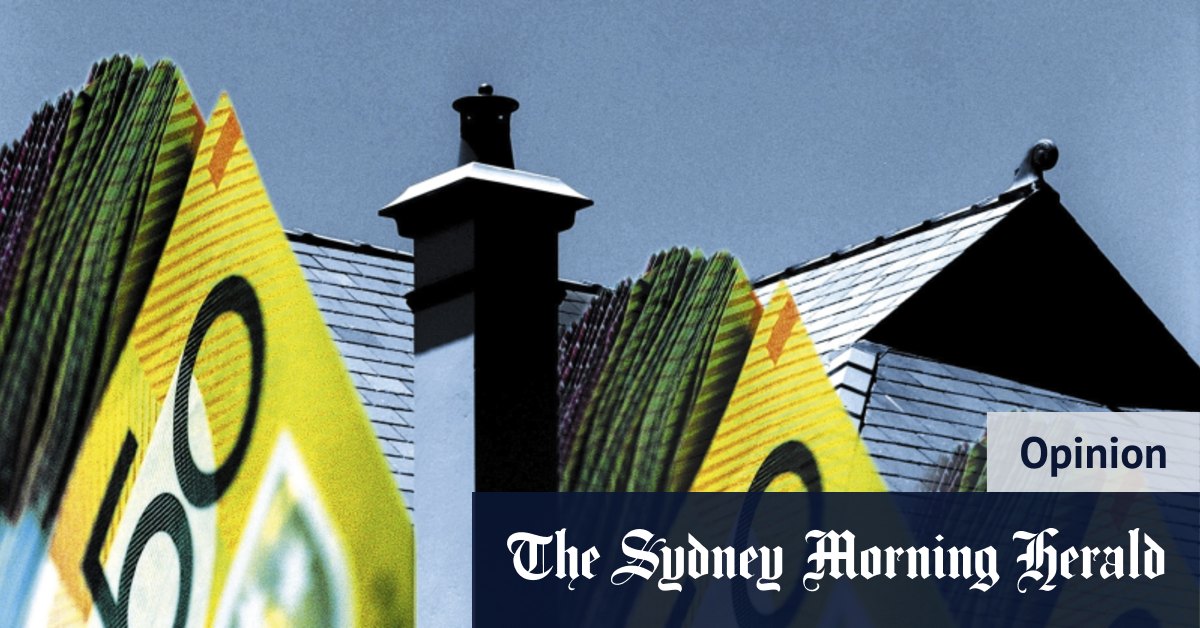Inflation pressures a reminder interest rates will rise, eventually

Lingering disruption to international supply chains caused by the pandemic, strong demand for goods and soaring energy prices have combined to push consumer prices sharply higher in many nations.
Some prominent economists have even drawn comparisons to the 1970s when economies were plagued by stagflation – the ugly combination of high inflation and weak growth.
So far inflationary pressures in Australia have been more moderate than in other advanced economies.
But Bureau of Statistics figures released on Wednesday showed a broad-based uptick in prices. A key measure of underlying inflation (which accounts for temporary volatility) reached a six-year high of 2.1 per cent in the year to September. The annual headline rate was 3 per cent, which is at the top of the Reserve Bank’s inflation target.
Australians are beginning to anticipate higher living costs. Each week an ANZ-Roy Morgan survey asks a representative sample of consumers how they expect prices to change in the coming two years. The latest poll showed the average expectation was for a rise of 5 per cent, the highest in more than six years. A recent spike in fuel costs was a likely driver of the higher price expectations. Australia’s average unleaded petrol price reached a record high of 169.5 cents a litre last week according to the stockbroker CommSec.
Recent public statements by the Reserve Bank suggest it is not yet convinced the current inflationary pressures will persist. Minutes of the bank’s September board meeting said, “most central banks in advanced economies had continued to characterise pandemic-related price increases as either temporary or one-off price level changes that would have only a transitory effect on inflation”.
Inflation data is still being distorted by the disruptions of the pandemic, complicating the outlook for prices. It may be many months before the picture becomes clearer.
For much of the past decade the Reserve Bank tolerated an inflation rate well below its target band of between 2 and 3 per cent. That period was also marked by very low wages growth.
In the years before the pandemic the RBA was one of many central banks trying to engineer a move to higher inflation and stronger wages growth – the very thing that now seems to be happening.
That suggests the Reserve would tolerate inflation being somewhat above its target band for a period if that helped to drive down the unemployment rate and put upward pressure on wages growth.
The Reserve says wages growth remains subdued across the nation, even in industries where there is strong demand for labour.
When official interest rates were cut to an historic low of just 0.1 per cent last year to support the economy during the pandemic crisis, the Reserve said it would not increase rates again until it was convinced inflation was “sustainably within the 2 to 3 per cent target range”.
Earlier this month the Reserve indicated it does not expect that condition to be met before 2024, although pricing on financial markets shows many investors are betting it will need to lift official rates much earlier than that.
It has been 11 years since the Reserve last increased official interest rates and Australia’s heavily indebted home borrowers have grown used to ultra-low borrowing costs.
Wednesday’s inflation figures are a reminder that interest rate increases are gradually getting closer.
The Herald editor writes a weekly newsletter exclusively for subscribers. To have it delivered to your inbox, please sign up here.
Most Viewed in Business
Source: Thanks smh.com